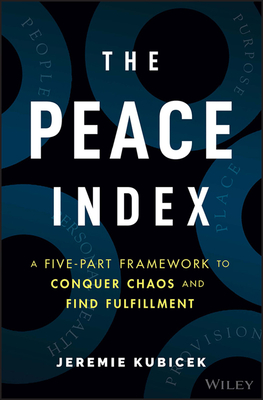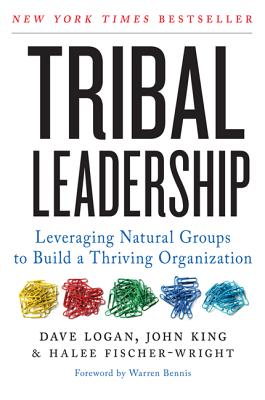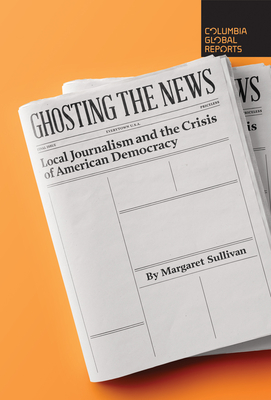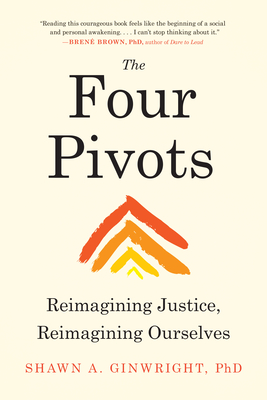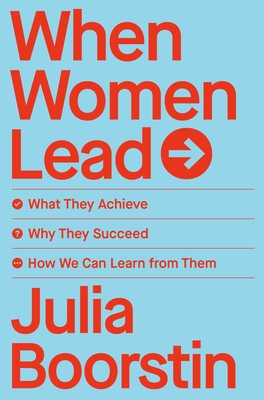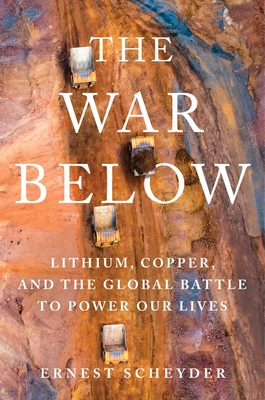
Revitalizing Industrial Growth in Pakistan: Trade, Infrastructure, and Environmental Performance (Directions in Development - Private Sector Development)
Description
Pakistan's population is growing and becoming more urbanized. By 2020, Karachi and Lahore will each have a population of well over 10 million people and several other cities will have a population of at least one million. These trends offer both risks and opportunities. Badly managed urban centers with poor services and slim opportunity for gainful employment could become centers of discontent and social conflict. Alternatively, properly managed and well-connected cities can help firms become more competitive, and with the right set of policies, promote industrialization and life-changing employment opportunities. In order to capitalize on these opportunities, Pakistan will need to take decisive steps to deepen the pool of skills, strengthen the commercial environment, upgrade infrastructure, diversify production, and climb up the technology ladder. Revitalizing Industrial Growth in Pakistan: Trade, Infrastructure, and Environmental Performance addresses ways in which Pakistan can revitalize its manufacturing by reducing the cost of doing business, improving the investment climate, and strengthening institutions to facilitate the flow of people, goods, and ideas and thus stimulate medium-term growth and job creation. Such revitalization is sorely needed to place the country on a sustained path of high economic growth.
The authors lay out priorities and strategies for 'greening' Pakistan's industrial growth and provide a comprehensive analysis of issues in the debate on this strategy. They examine the ways in which Pakistan can encourage and assist its private sector to fill the void in low-skilled labor-intensive manufacturing left by other economies--and do so while creating and distributing new wealth. To increase the chances of success, appropriate actions will need to come from different actors in government, the private sector, and civil society.
This book will be of interest to government officials and academic researchers working in the fields of industry, the environment, and energy, as well as to the general public.




